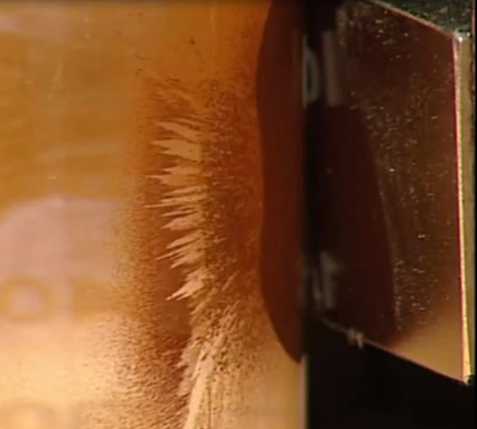It is understandably important to end users that every kit within a particular lot have the same properties. In other words, when one is producing lots of material to be used in an IVD kit, one necessarily strives for maximum reproducibility and minimal variability. With standard magnetic separators, it is very difficult to achieve this goal in a magnetic separation process.

This post is about biomagnetic separation in the production of magnetic beads for IVD kits. If you want to know its most important elements, download our free ebook The basic guide to use biomagnetic separation in production processes:
Varying forces and distances in a magnetic separation process
Standard, or non-homogeneous, magnetic separators generate magnetic field profiles whereby the forces felt by the magnetic beads vary with distance from the magnet. Magnetic beads sitting far from the magnet experience weak forces and therefore take a long time to reach the retention position, a position with higher forces. Therefore, these beads experience weak forces throughout most of the total processing time. Magnetic beads sitting near the magnets and near the retention position, however, experience very large forces throughout most of the total processing time. In other words, the magnetic forces experienced by different fractions of the beads are very different during the total processing time.
When beads experience different magnetic forces because of their distance from the magnet, the more variable the experience, the greater the probability that the beads will undergo aggregation. Aggregation of magnetic beads is detrimental on many different levels because it is difficult to recover material and to gently separate the aggregates after they form. Aggregation costs time, money and effort that could be used in other ways.
Not only is aggregation wasteful, but if beads are disaggregated, the formerly aggregated beads seem to have different functional responses than beads that have never been aggregated.
Therefore, kits will have aliquots of mixed material that have beads that have never aggregated, beads that are aggregated, and beads that were aggregated but are now disaggregated.
Each state of bead has different functionality. Because of this variable mix of functionality, different aliquots or different kits will likely have variable responses in the hands of the end user. Unfortunately, the high kit-to-kit variability necessitates costly quality assurance measures and controlled conjugation steps. This added cost can jeopardize the commercial success of the final product. The only way to reduce such risks (i.e. cost override and quality control issues) is to have as much control as possible over the biomagnetic separation conditions.
If you found this post about using biomagnetic separation for production useful, don't forget to check these related posts:
- Perfecting the magnetic separation process in magnetic bead IVD kit production
- Production of magnetic beads kits: To be magnetic or not to be?
- Common mistakes that lead to inconsistency
Check www.sepmag.eu/ebooks to access to FREE eBooks on the subject, or contact us. We will be glad to help you to achieve an efficient magnetic bead separation process!




